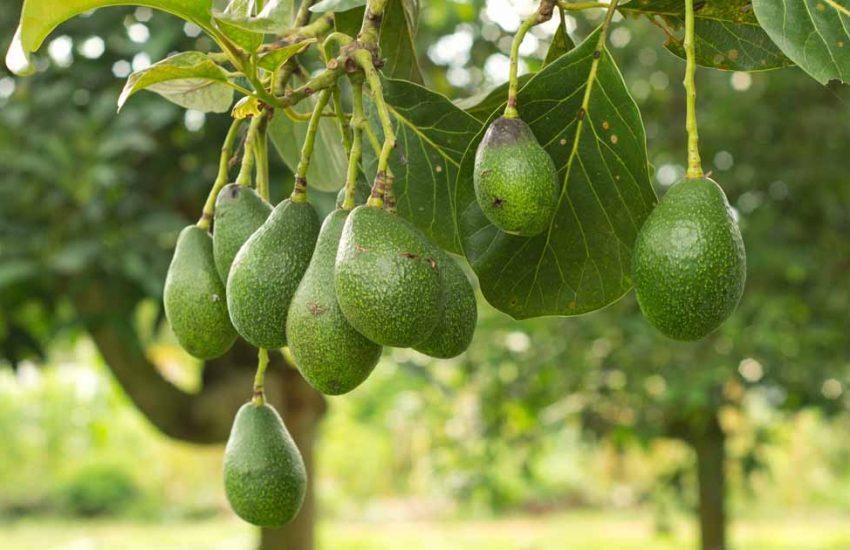Best Fruit Trees for Indiana: A Guide to Thriving Varieties in the Hoosier State
Indiana is a state with a diverse climate, ranging from hot and humid summers to cold and snowy winters. Despite these challenges, many fruit trees can thrive in Indiana’s climate, making it an ideal location for fruit tree enthusiasts. In this article, we will explore the best fruit trees for Indiana and provide tips on growing them successfully.

When it comes to selecting fruit trees for Indiana, it is important to consider the state’s hardiness zones. Indiana is situated in USDA hardiness zones 5 and 6, which means that temperatures can drop to -20°F in winter. This limits the selection of fruit trees that can survive in Indiana’s climate. However, there are still many options available, including apple, peach, pear, cherry, and plum trees.
Growing fruit trees in Indiana requires careful planning and attention to detail. Factors such as soil quality, sunlight, and water availability must be considered when selecting a location for planting. With the right preparation and care, fruit trees can thrive in Indiana and provide a bountiful harvest for years to come.
Selecting the Right Fruit Trees for Indiana
When it comes to selecting the right fruit trees for Indiana, there are a few things to keep in mind. The soil and pH of the area, pollination requirements, bloom time, and pruning needs are all important factors to consider. In this section, we will cover the best fruit trees for Indiana and what you need to know before making your selection.
Apple Trees
Apple trees are a popular choice for Indiana. They require well-drained soil and a pH between 6.0 and 7.0. Most apple trees require cross-pollination, which means you will need to plant two different varieties for successful fruit production. Some popular apple varieties for Indiana include Honeycrisp, Red Delicious, Gala, and Granny Smith. Apple trees should be pruned in the late winter or early spring to promote healthy growth and fruit production.
Stone Fruit Trees
Stone fruit trees such as peach, cherry, plum, and apricot are also well-suited for Indiana. They require well-drained soil and a pH between 6.0 and 7.0. Most stone fruit trees require cross-pollination, so it’s important to plant two different varieties for successful fruit production. Some popular varieties for Indiana include Montmorency (sour cherry), Sweet Cherries, and Redhaven (peach). Stone fruit trees should be pruned in the late winter or early spring to promote healthy growth and fruit production.
Other Fruit Trees
In addition to apple and stone fruit trees, there are other fruit trees that can thrive in Indiana. Pear trees are a good choice for the area and require well-drained soil with a pH between 6.0 and 7.0. Persimmon trees are also well-suited for Indiana and can tolerate a wide range of soil types. Mulberry trees are another option and can grow in a variety of soil types. Pawpaw trees are native to Indiana and can be a unique addition to any orchard.
When selecting fruit trees for Indiana, it’s important to consider the soil and pH of the area, pollination requirements, bloom time, and pruning needs. By taking these factors into account, you can choose the best fruit trees for your specific needs and enjoy a bountiful harvest for years to come.
Caring for Your Fruit Trees in Indiana

Growing fruit trees in Indiana requires proper care and attention to ensure healthy growth and a bountiful harvest. This section will cover the essential aspects of caring for fruit trees in Indiana, including soil and watering requirements, protection from pests and diseases, and harvesting and maintenance.
Soil and Watering Requirements
Fruit trees in Indiana require well-drained soil that is rich in nutrients. Gardeners and orchard owners should ensure the soil pH is between 6.0 and 7.0, as this is the ideal range for most fruit trees. Late spring is the best time to plant fruit trees in Indiana, as the soil is warm and moist, providing the perfect environment for root growth.
Watering fruit trees is essential, especially during dry spells and droughts. Gardeners should water fruit trees deeply and infrequently, allowing the soil to dry out slightly between watering. Adding mulch around the base of the tree can help retain moisture and prevent weeds from growing.
Protection from Pests and Diseases
Fruit trees in Indiana can be susceptible to pests and diseases, such as scab and ants. Gardeners should inspect their trees regularly for signs of infestation and take appropriate action if necessary. Applying dormant oil spray in late winter can help prevent pests and diseases from taking hold.
Harvesting and Maintenance
Harvesting fruit from trees in Indiana typically occurs in late summer or early fall. Gardeners should monitor their trees regularly and harvest fruit as soon as it ripens to prevent damage from frosts or pests.
Pruning fruit trees is essential to maintain their health and fruit production. Gardeners should prune their trees during the dormant season, removing any dead or diseased branches and shaping the tree to encourage new growth.
In conclusion, growing fruit trees in Indiana requires proper care and attention. Gardeners and orchard owners should ensure their trees have well-drained soil, proper watering, and protection from pests and diseases. Regular harvesting and maintenance, including pruning, can help ensure healthy growth and a bountiful harvest.


